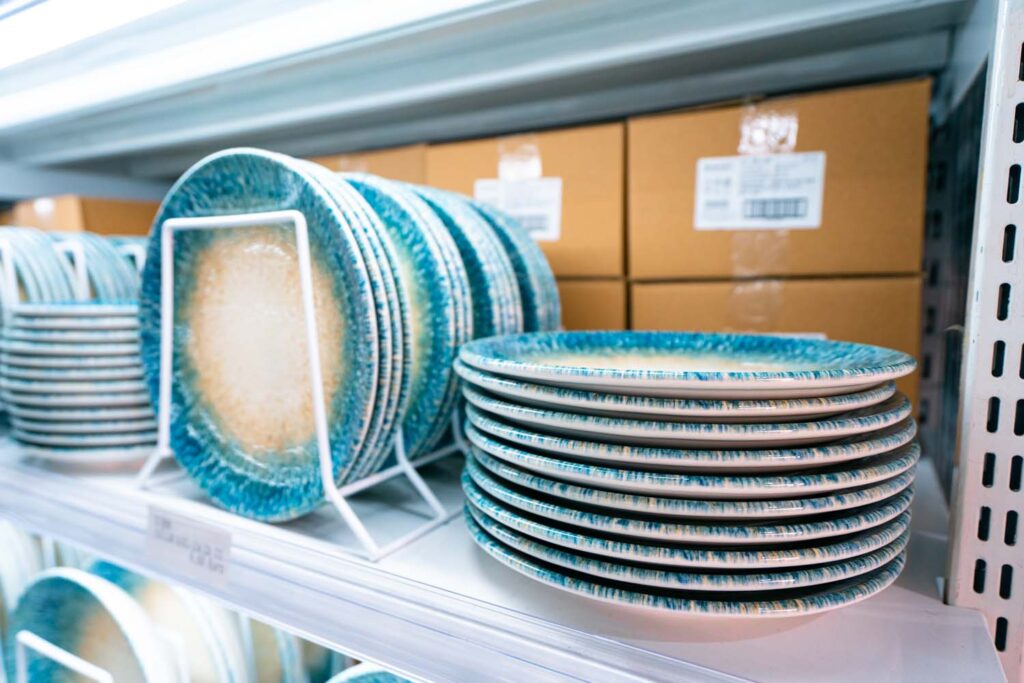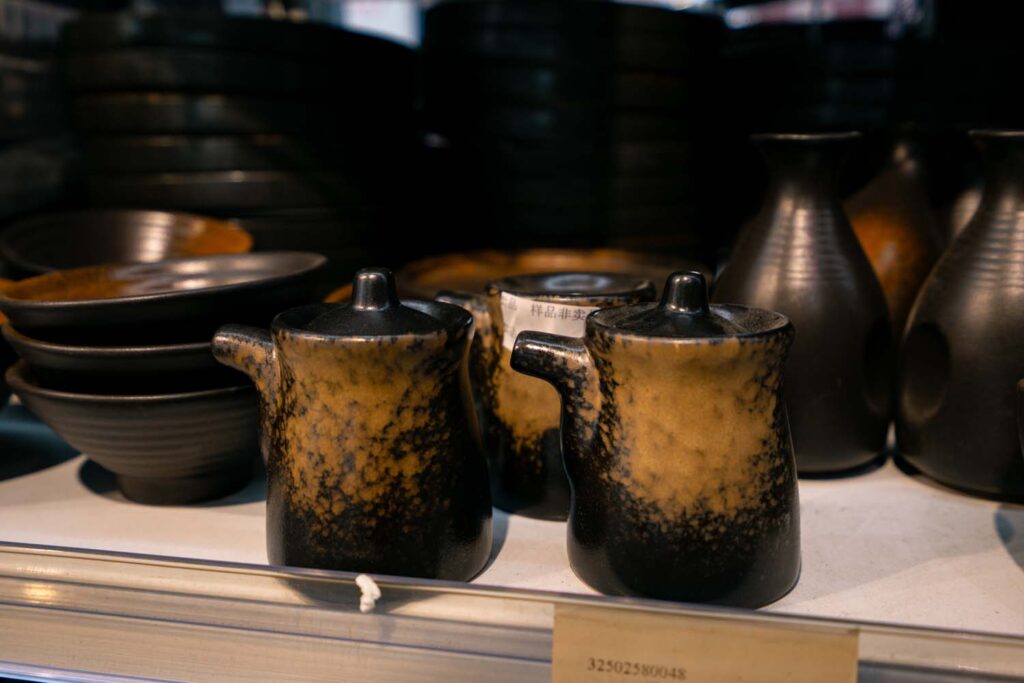Choosing the right tableware for a restaurant is not only about aesthetics, but also about the functionality and durability of the materials. The choice of materials influences the dining experience, the durability of the the tableware and its ease of maintenance. In this article, we will explore the most popular and recommended materials for restaurant tableware, their benefits, and key considerations.
Why does tableware material matter?
In the restaurant industry, tableware is subject to intensive daily use. Plates, bowls and other pieces must withstand impacts, temperature changes and frequent washing. Therefore, the material of the tableware becomes a strategic decision for restaurant owners, who are looking for an ideal combination of durability, presentation and cost.
1. Porcelain
Porcelain is one of the most popular materials in the restaurant industry due to its sophisticated appearance and durability. It is a material that is resistant to temperature changes, so it can be used to serve both hot and cold dishes. In addition, its smooth surface allows for easy cleaning, and in most cases, it is dishwasher safe.
Advantages of Porcelain:
- High impact resistance
- Does not absorb odors or stains
- Dishwasher and microwave safe
Disadvantages:
- It may be more expensive than other materials
- Its edges may splinter if not handled carefully.
2. Melamine
Melamine is a popular choice in high-traffic environments, such as cafes and family restaurants, due to its durability and low cost. Although it is not microwave-safe, it is an excellent choice for those looking for chip-resistant, long-lasting dinnerware.
Advantages of Melamine:
- Very resistant to impacts
- Light and easy to handle
- Economical compared to porcelain
Disadvantages:
- Not suitable for microwave or oven
- It can absorb odors and stains if not cleaned properly.
3. Tempered Glass
Tempered glass is an elegant and durable option. This material can withstand high temperatures and is microwave-safe, although some types do not resist impacts well. Its design is ideal for restaurants looking for a sophisticated style without spending too much on china.
Advantages of Tempered Glass:
- Microwave and oven safe
- Resistant to temperature changes
- Does not absorb odors or stains
Disadvantages:
- It can break under strong impacts
- Requires careful handling to avoid breakage
4. Stainless steel
Stainless steel is primarily used for trays, presentation plates and food-specific tableware. Its durability and corrosion resistance make it ideal for professional kitchen environments. Plus, its metallic appearance gives it a modern touch.
Advantages of Stainless Steel:
- Very strong and durable
- Does not rust or corrode
- Easy to clean and maintain
Disadvantages:
- It can get scratched over time
- Not suitable for microwaves
5. Ceramics
Ceramic is a traditional option that brings a rustic and warm touch. This material can be an excellent choice for themed restaurants or cafes looking for a particular aesthetic. However, its durability is lower compared to porcelain and melamine.
Advantages of Ceramics:
- Attractive and personalized aesthetics
- Variety of styles and colors
- Microwave safe
Disadvantages:
- It can splinter easily
- Requires more careful handling
6. Slate and Wood
Although not conventional materials for plates and cups, slate and wood have become popular as display stands and plates. They are ideal for restaurants looking for an innovative presentation and a unique dining experience.
Advantages of Slate and Wood:
- Unique and modern aesthetics
- Ideal for creative presentations
- Highlights the presentation of certain dishes
Disadvantages:
- Not suitable for microwave or dishwasher
- They can absorb odors and stains
How to Choose the Best Material for your Restaurant?
The choice of tableware depends on the style of the restaurant, the type of cuisine and the available budget. Here are some practical recommendations:
- For Fine Dining Restaurants: Porcelain and tempered glass are ideal for their elegance and durability.
- For Cafeterias or Family Restaurants: Melamine is a practical and economical option, perfect for intensive daily use.
- For Theme or Artisanal Restaurants: Ceramics and wood add a unique and personalized touch.
- For Professional Kitchen Environments: Stainless steel is a versatile and durable choice, especially for trays and utensils.
Conclusion
Choosing the best materials for your restaurant's tableware is a key investment in customer experience and the durability of your equipment. By considering factors such as the type of kitchen, restaurant style, and budget, you can select the tableware that best suits your needs. Porcelain, melamine, tempered glass, stainless steel, and ceramic offer distinct advantages that, when well combined, can enrich the dining experience and contribute to the success of your business.




